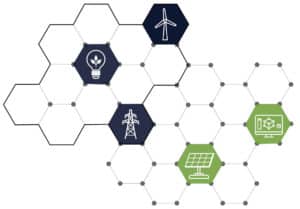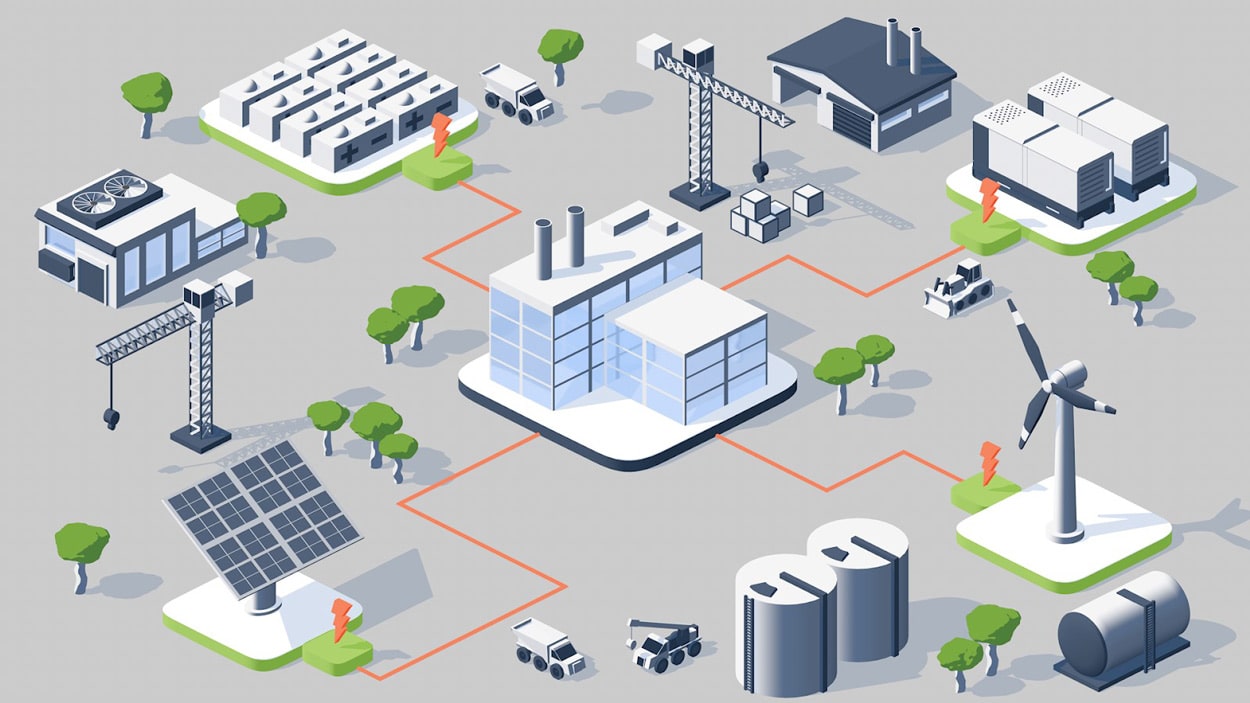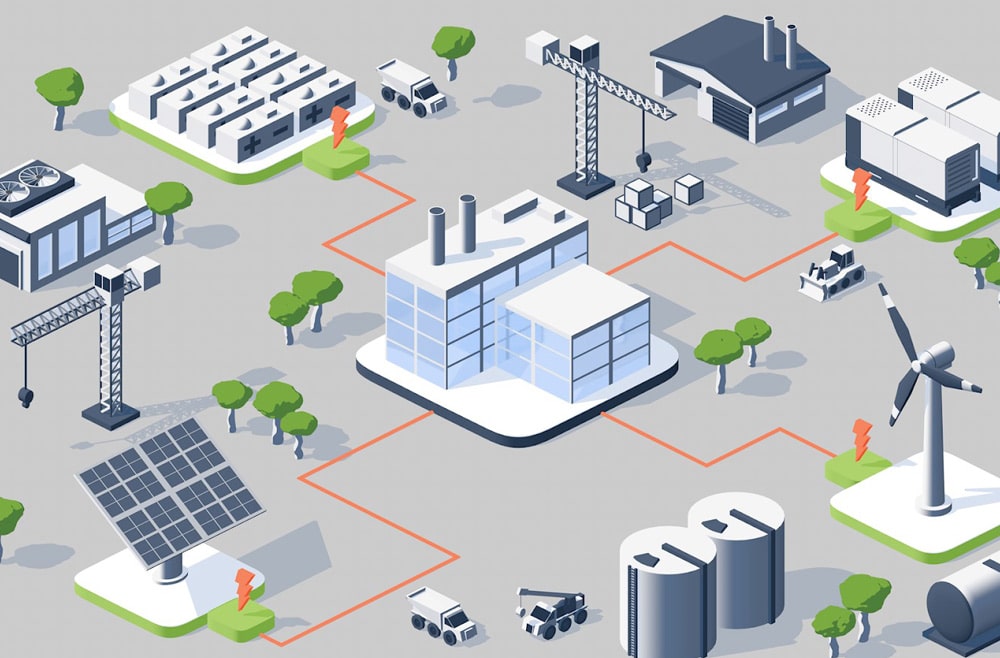Microgrids are a typical component of decentralized energy generation, particularly where the generation technologies employed generate renewable energy, although some microgrids do utilize fossil fuels, such as natural gas.
What are key microgrid features? Microgrids typically consist of a group of generation technologies deployed at a single location that are able to integrate with the national grid while also being able to operate as a single isolated entity if required. Key microgrid features are those that ensure efficient operation. Some of these features will be defined by, adhere to or included as a result of particular standards governing microgrids, depending on the location and the local or national regulatory environment. Typical key microgrid features can include the following:
Autonomous Operation And Stability
Although microgrids are generally connected to the grid, they can also operate autonomously, for example in circumstances where more centralized generation is interrupted. This means they can add significantly to local resilience of energy generation. Given that they often include mechanisms for independent optimization, microgrids are also often much more efficient than centralized energy generation sources, and that makes them cleaner, even if the primary generation technology is fossil fuel. Optimization also helps to maximize production where renewable energy is the dominant generation technology and can help significantly with balancing generation and load. This also means that microgrids can be much more stable than centralized sources.
Compatibility With The Grid
 Despite being able to operate as an isolated entity, microgrids must also be completely compatible with the traditional grid. This ensures that while delivering a multitude of benefits for local energy generation, the microgrid also helps to support a much more efficient energy system across the nation, enabling the growth of the network in an efficient and low-carbon manner.
Despite being able to operate as an isolated entity, microgrids must also be completely compatible with the traditional grid. This ensures that while delivering a multitude of benefits for local energy generation, the microgrid also helps to support a much more efficient energy system across the nation, enabling the growth of the network in an efficient and low-carbon manner.
Flexibility And Scalability
Microgrids must be flexible, in that they should be able to support a wide variety of energy generation technologies. While most microgrids use renewable sources, some are capable of using fossil fuels—such as natural gas—where necessary. Furthermore, they must be able to develop in their own way in order to suit local requirements, without having to adhere to any set schedule or growth pattern. This allows them to grow incrementally according to local circumstances and also makes them scalable, according to planning requirements. Modularity can help with this, enhancing scalability in order to meet higher generation requirements.

Must Be Efficient
Optimized control components for export of power to the grid as well as for distributed generation can make microgrids more efficient by managing charging and energy storage units and managing consumption, thus enabling the microgrid to achieve energy generation targets.
Economical
 Besides being more efficient, microgrids are generally much more economic than centralized generation systems, particularly as a result of being much more efficient. This becomes very attractive where heat recovery is a function, adding to cost reduction objectives and also driving greenhouse gas emissions downwards.
Besides being more efficient, microgrids are generally much more economic than centralized generation systems, particularly as a result of being much more efficient. This becomes very attractive where heat recovery is a function, adding to cost reduction objectives and also driving greenhouse gas emissions downwards.
Supporting Peer-To-Peer
Microgrids can follow a peer-to-peer model, enabling energy transactions with the wider energy grid. This involves a ‘sharing economy’ in which consumers and prosumers trade energy among themselves (P2P trading) with minimal intervention by the larger traditional energy suppliers. The process usually utilizes and relies upon online information and communication technologies.
